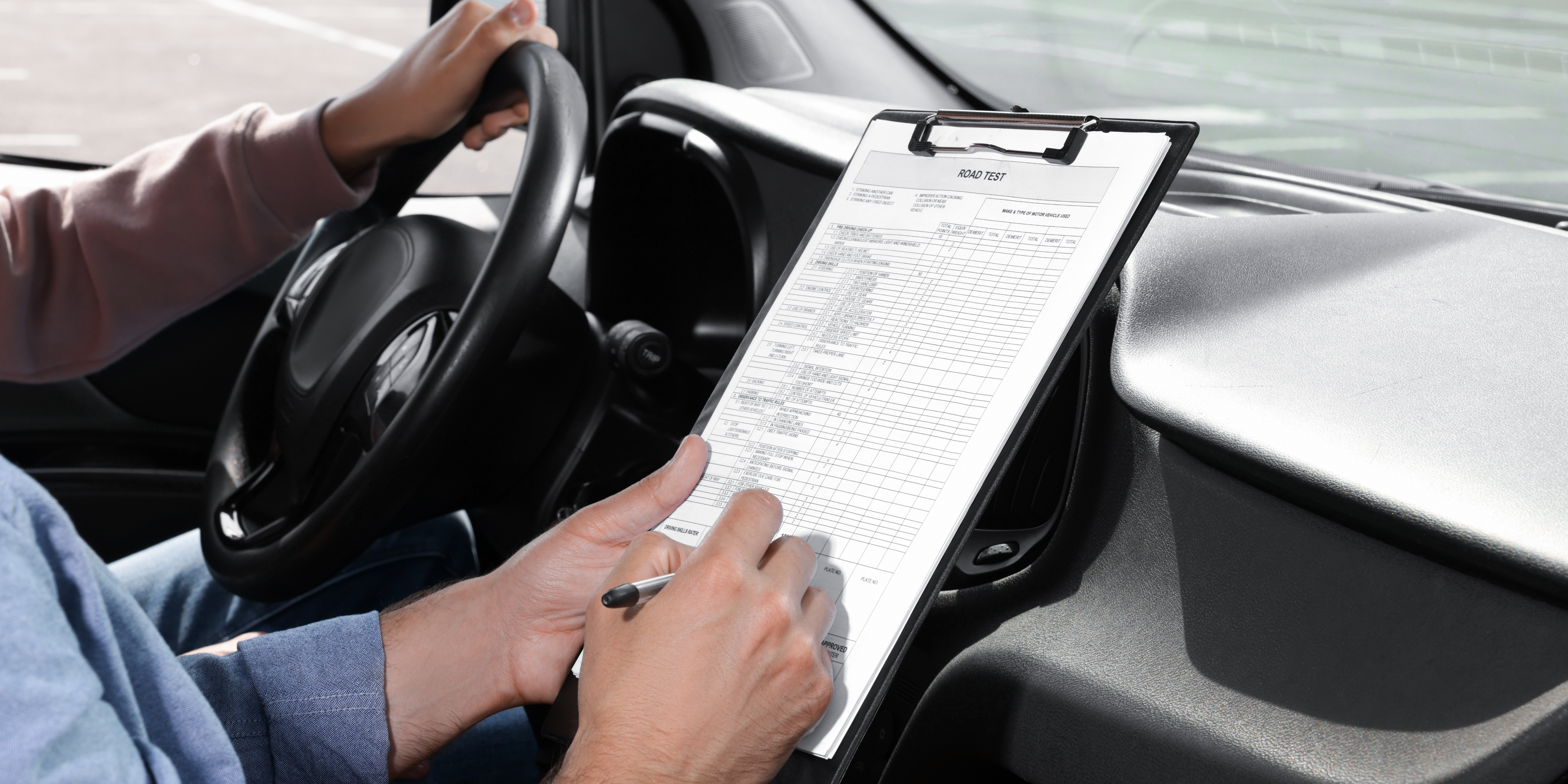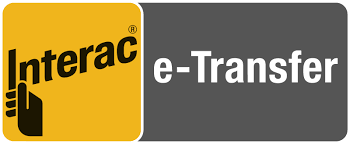Toronto, the bustling metropolis of Canada, is known for its vibrant culture, diverse population, and, of course, its sprawling network of highways. Navigating these busy roads can be intimidating for new drivers and seasoned commuters alike. However, with the right knowledge and preparation, you can safely navigate Toronto’s highways with confidence.
In this guide, we’ll explore some essential tips for navigating Toronto’s highways with confidence.
- Plan Your Route: Before hitting the road, take some time to plan your route using GPS navigation or a map. Familiarize yourself with the highways you’ll be traveling on, including any exits, interchanges, or potential construction zones. Planning can help reduce stress and prevent last-minute lane changes.
- Stay Alert and Focused: Highway driving requires constant attention and focus. Avoid distractions such as texting, talking on the phone, or adjusting the radio while behind the wheel. Keep your eyes on the road and be aware of your surroundings at all times.
- Obey Speed Limits and Traffic Signs: Speed limits on Toronto’s highways can vary, so it’s essential to pay attention to posted signs. Speeding not only increases the risk of accidents but also attracts hefty fines and penalties. Additionally, follow traffic signs and signals, including lane markings and exit signs, to navigate safely.
- Maintain a Safe Following Distance: Keep a safe following distance between your vehicle and the one in front of you, especially at higher speeds. The general rule of thumb is to maintain a two-second gap under normal driving conditions and increase it to four seconds in adverse weather or heavy traffic.
- Use Your Turn Signals: Signaling your intentions helps other drivers anticipate your moves and reduces the likelihood of collisions. Always use your turn signals when changing lanes, merging, or exiting the highway. Make sure to signal well in advance to give other drivers ample time to react.
- Practice Defensive Driving: Toronto’s highways can be unpredictable, with sudden lane changes, merging traffic, and aggressive drivers. Practice defensive driving by anticipating potential hazards, scanning your surroundings, and being prepared to react swiftly to unexpected situations.
- Merge Safely: When entering the highway or changing lanes, merge safely to avoid disrupting the flow of traffic. Use the acceleration lane to match the speed of vehicles already on the highway before merging. Yield to oncoming traffic and adjust your speed accordingly.
- Stay in the Right Lane Except to Pass: On multi-lane highways, the left lane is typically reserved for passing slower-moving vehicles. Stay in the right lane unless you need to pass another vehicle, and return to the right lane once you’ve completed the maneuver. This helps maintain a smooth traffic flow and reduces congestion.
- Be Mindful of Construction Zones: Construction zones are a common sight on Toronto’s highways, especially during the summer months. Reduce your speed, follow posted signs and lane markings, and be prepared for lane closures or detours. Exercise caution and patience when driving through construction zones to ensure everyone’s safety.
- Prepare for Inclement Weather: Toronto experiences a wide range of weather conditions throughout the year, from heavy snowfall in the winter to thunderstorms in the summer. Before heading out, check the weather forecast and adjust your driving accordingly. Reduce your speed, increase following distance, and use caution when driving in adverse weather conditions.
- Know What to Do in Case of an Emergency: Despite your best efforts to drive safely, emergencies can still occur. Familiarize yourself with basic roadside safety procedures, such as pulling over to a safe location, activating your hazard lights, and calling for assistance if needed. Keep essential items in your vehicle, such as a first aid kit, flashlight, and emergency supplies.
- Take Regular Breaks: Long stretches of highway driving can be tiring, so take regular breaks to rest and recharge. Pull over at designated rest areas or service stations to stretch your legs, grab a snack, and refocus before continuing your journey.
By following these tips, you can navigate Toronto’s highways safely and confidently. Remember, patience, awareness, and preparation are key to a successful highway driving experience. Whether you’re commuting to work, running errands, or exploring the city, mastering the art of highway driving will make your travels smoother and more enjoyable. Stay safe out there!
Click here to view our different packages or click here to book your road test.
Lastly, our services are extended to Toronto, North York, Etobicoke, Scarborough, Vaughan and Brampton.






